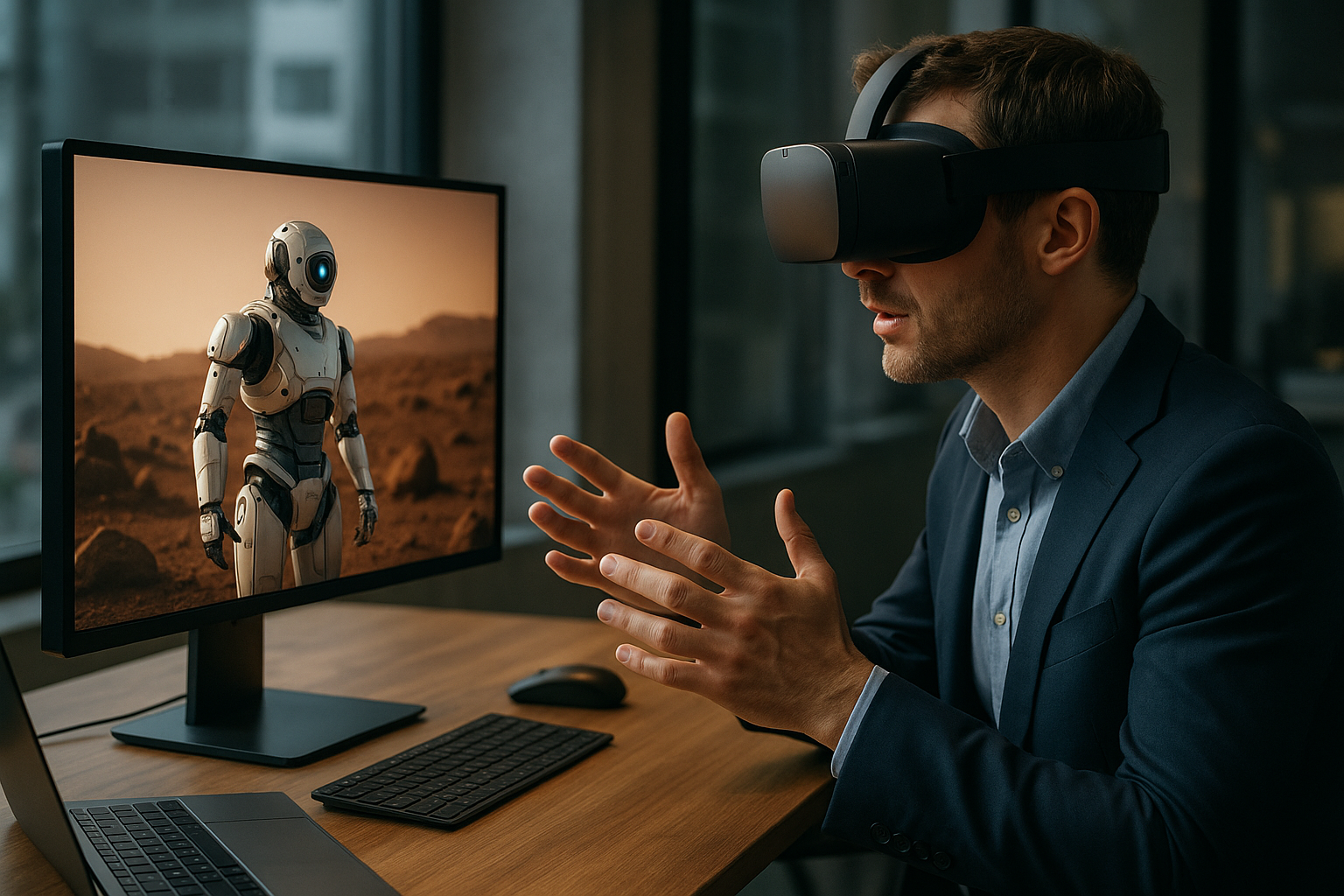Pioneering the Future: How Telepresence is Transforming Telecommunication
The world of telecommunications is in a continuous state of evolution. One of the most compelling advancements of recent years is the rise of telepresence technology. This technology, which simulates in-person interaction despite geographical distance, represents a significant paradigm shift in the way we connect and communicate with each other.

The Advent of Telepresence
Telepresence technology has its roots in the 1990s when the concept of virtual reality started gaining traction. However, it was not until the early 2000s that telepresence systems started to emerge, offering high-quality video and audio that allowed people to communicate as if they were in the same room.
These early systems were prohibitively expensive for most organizations, but as technology advanced and costs decreased, telepresence began to gain broader acceptance. Today, telepresence technology is used in a wide variety of applications, including business meetings, remote education, healthcare, and even space exploration.
Telepresence Today: Industry Trends and Developments
As technology continues to evolve, so does telepresence. Today, advancements in artificial intelligence and machine learning are being leveraged to enhance the telepresence experience. For example, AI can be used to analyze facial expressions and body language, providing a more immersive and realistic interaction.
Another key trend is the integration of telepresence with other emerging technologies. For instance, the combination of telepresence and augmented reality (AR) can provide users with a more immersive and interactive experience, opening up new possibilities for remote collaboration and communication.
The Impact and Challenges of Telepresence
The benefits of telepresence are immense. For businesses, it can significantly cut down on travel costs and time, while enabling effective and efficient remote collaboration. For healthcare providers, it enables remote patient monitoring and consultations, increasing accessibility for patients in remote or underserved areas.
However, there are also challenges to be addressed. For one, the cost of high-end telepresence systems can still be prohibitive for many organizations. There are also concerns about privacy and security, particularly when sensitive information is being shared.
Practical Applications of Telepresence
Despite these challenges, the potential applications of telepresence are vast. In education, for instance, telepresence robots can allow students who are unable to attend school in person to participate in classes remotely. In the business world, telepresence can enable more effective remote collaboration, reducing the need for business travel.
In healthcare, telepresence can enable remote consultations and patient monitoring, increasing access to healthcare services for individuals in remote or underserved areas. And in space exploration, NASA has been using telepresence technology to control rovers on Mars, allowing scientists on Earth to explore the Martian surface.
The Future of Telepresence
The future of telepresence is undeniably exciting. As technology continues to evolve, we can expect to see even more immersive and interactive telepresence experiences. With advancements in artificial intelligence, augmented reality, and other emerging technologies, the possibilities for telepresence are virtually limitless.
In conclusion, telepresence represents a significant shift in the way we communicate and connect with each other. As this technology continues to evolve and mature, it has the potential to transform not only the telecommunications industry but also our daily lives.




